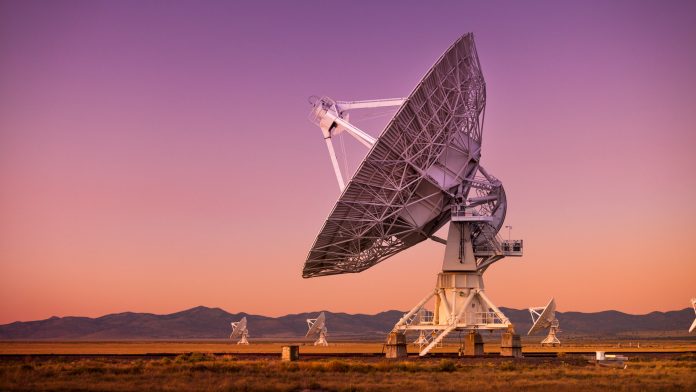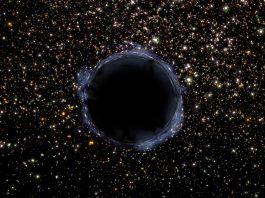Officials in South Africa have ratified the convention establishing the SKA Observatory, an international project that aims to develop the world’s largest radio telescope.
The Square Kilometre Array (SKA) project is an international effort to build the world’s largest radio telescope. The SKA is a collection of telescopes that will be spread over long distances. It will be constructed in Australia and South Africa with a later expansion into other African countries.
The design has been led by the MeerKAT array and supported by more than 1,000 engineers and scientists in 20 countries. The SKA Organisation is transitioning to the SKA Observatory, an intergovernmental organisation established by a treaty, to undertake the construction and operation of the radio telescope.
Which countries will be involved in the SKA Observatory?
South Africa is the third country, after the Netherlands and Italy, to complete its national process supporting the establishment of the SKA Observatory. South Africa was among the seven countries that signed the Convention in Rome on 12 March 2019, alongside Australia, China, Italy, the Netherlands, Portugal, and the United Kingdom. The convention will enter into force once five countries, including the three hosts Australia, South Africa, and the UK, ratify the text.
South Africa has ratified the convention establishing the SKA Observatory after the South African Parliament approved the convention and Dr Naledi Pandor, Minister of the Department of International Relations and Cooperation, signed the Instrument of Ratification.
“This is a significant moment not only because South Africa is the first of our hosts to ratify the convention, but with multiple countries having done so, we are now closer to the SKA Observatory formally existing,” said SKA Director-General Prof Philip Diamond.
South Africa’s existing observatories
The South African Radio Astronomy Observatory (SARAO) has been leading the country’s participation in the SKA on behalf of the Department of Science and Innovation.
South Africa is already home to two precursor telescopes: the 64-dish MeerKAT array which will ultimately form part of the SKA’s mid-frequency telescope, and the Hydrogen Epoch of Reionisation Array (HERA), which is under construction. As well as conducting world-class research, MeerKAT is also providing vital input for SKA design work and science planning.
South Africa’s radio astronomy and engineering expertise have evolved rapidly over the past two decades. Recently, stunning early images from MeerKAT, the world’s most powerful radio telescope in its category, have cemented the country’s position in the premier league of radio astronomy. Scientists at South African institutions are also active in ten of the SKA’s Science Working Groups and Focus Groups.









